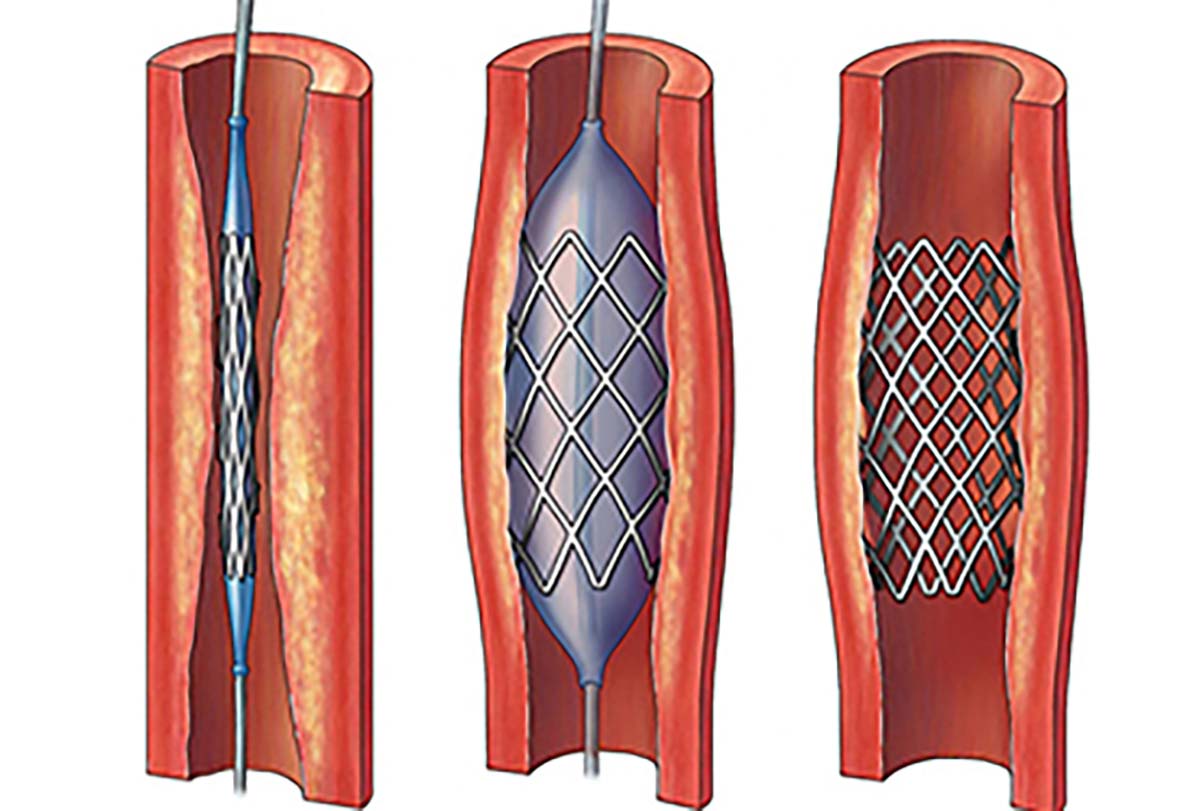Who and when invented the balloon-expandable stent?
The stent, a device for keeping blood vessels open, has revolutionized the management of atherosclerosis. The first usable stent was transplanted by Argentine doctor Julio Palmaz.

Palmaz had heard that blood vessels tend to become blocked after balloon angioplasty. In the balloon angioplasty operation, the vessels leading to the heart were opened with the help of a catheter. Palmaz thought that by placing a "scaffold" inside these vessels, he could completely prevent the vessels from becoming occluded afterwards.
Palmaz has begun work on the first prototypes of an implantable stent. In this prototype he used simple materials such as copper wire and a soldering iron. The design of this model, which he developed with a cross opener in the garage of his house, was completely magnificent. Because the design of this prototype stent could be opened and closed, it remained intact when placed in a blood vessel.
Julio Palmaz (December 13, 1945 in La Plata, Argentina) is a doctor of vascular radiology at University of Texas Health Science Center at San Antonio. He studied at the National University of La Plata in Argentina, earning his medical degree in 1971. He then practiced vascular radiology at the San Martin University Hospital in La Plata before moving to the University of Texas Health and Science Center at San Antonio. He is known for inventing the balloon-expandable stent, for which he received a patent filed in 1985. It was recognized in Intellectual Property International Magazine as one of "Ten Patents that Changed the World" in the last century.
After testing the stent he developed on pigs and rabbits, Palmaz received funding from Phil Romano, a restaurateur, and Richard Schatz, a cardiologist. Calling themselves the Expandable Organ Transplantation Partnership, the trio patented the stent in 1988.
One of the challenges the team faced was restenosis. Restenosis is the obstruction caused by tissue damage as a result of damage to the blood vessel wall during stent insertion. The team's next step was to develop a drug-eluting stent. These stents prevented tissue damage by releasing therapeutic agents such as sirolimus into the vessel. However, in some patients, these drugs were observed to lead to the formation of blood clots that could lead to a heart attack. Today, scientists working on stent technology are trying to develop products that are biodegradable and made of metal or polymer.
